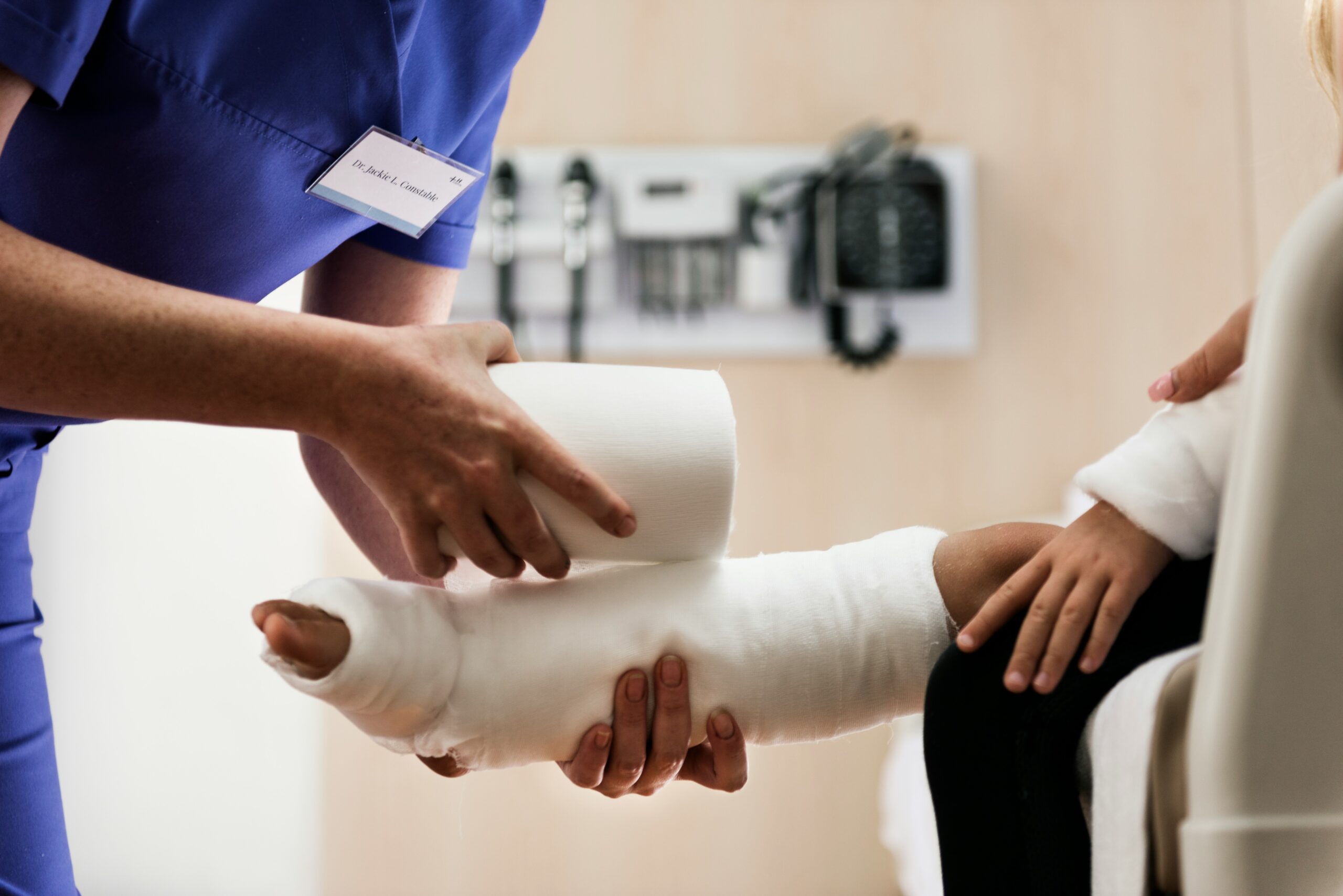
Workplace injuries can have a significant impact on both employees and employers. When injuries occur, it is crucial to address them promptly and effectively to ensure employees return to work as soon as possible. Physical medicine plays a vital role in treating these injuries, helping individuals recover and regain function while minimizing the risk of long-term disability. In this article, we examine the role of physical medicine in treating workplace injuries and its importance as a vital component of an employee’s recovery process.
The Importance of Early Intervention
When a workplace injury occurs, one of the most critical steps is seeking early intervention. The faster an injury is assessed and treated, the better the chances of a quick and complete recovery. Physical medicine specialists, including physical therapists and chiropractors, are often among the first healthcare providers to evaluate and treat an injured worker. By identifying the root cause of pain or dysfunction early, these professionals can develop tailored treatment plans to prevent further injury and facilitate healing.
Early intervention through physical medicine helps reduce the chances of developing chronic pain or long-term disabilities. Many workplace injuries, such as sprains, strains, and musculoskeletal disorders, can worsen if left untreated. Addressing these issues through physical therapy, chiropractic care, or other physical medicine treatments can help prevent complications and ensure workers return to their jobs more quickly. Moreover, early intervention leads to less reliance on medication, which is a standard route when more serious injuries are left untreated for too long.
Restoring Mobility and Function
Workplace injuries often involve musculoskeletal damage resulting from overexertion, improper ergonomics, or repetitive motions. Physical medicine focuses on restoring mobility and function in affected areas through various therapeutic techniques. These may include exercises, manual therapy, and specialized modalities like heat or cold therapy. Physical therapists utilize these techniques to target specific areas of pain and dysfunction, thereby promoting healing and enhancing the overall range of motion.
Restoring mobility is vital for workers who need to return to their tasks. Whether the injury involves a back, shoulder, or knee issue, a targeted rehabilitation program can help individuals regain strength, flexibility, and mobility. Additionally, restoring function ensures that employees can perform their job tasks effectively without the risk of further injury. A well-designed physical medicine treatment plan works to retrain muscles, alleviate tension, and rebuild strength, which not only aids in recovery but also helps prevent future injuries from occurring.
Pain Management and Relief
Chronic pain is a common issue for workers recovering from injuries. Instead of relying on prescription painkillers or other medications, physical medicine offers a more holistic approach to pain management. Techniques such as therapeutic massage, joint manipulation, and specific exercises can help manage pain naturally. These approaches aim to reduce inflammation, increase blood flow, and promote the body’s natural healing processes.
By focusing on pain relief through physical medicine, workers can avoid the potential side effects of long-term medication use. Many physical therapy programs incorporate treatments that reduce swelling and improve circulation, which can lead to significant reductions in pain levels. Additionally, workers can gain a better understanding of how to manage their pain effectively through education and exercises that can be continued after the treatment phase, ensuring that pain is minimized and recovery is sustained.
Preventing Future Injuries
Physical medicine doesn’t just treat workplace injuries—it also focuses on preventing them. By incorporating injury prevention strategies into a worker’s treatment plan, physical medicine specialists help individuals reduce the likelihood of re-injury. This is particularly important for workers who perform repetitive tasks or those in physically demanding jobs.
A skilled physical therapist can identify ergonomic issues or poor posture that may have contributed to the injury. By correcting these problems and teaching employees proper body mechanics, physical medicine helps to create healthier workplace habits. Workers may also be taught strengthening and stretching exercises to improve muscle endurance and flexibility, which are crucial for preventing injuries. Prevention through physical medicine is a proactive way to ensure that employees remain healthy, productive, and injury-free in the long term.
Reducing the Impact on Employers
The effects of workplace injuries are not only felt by employees but also by employers. Injuries can result in increased medical costs, workers’ compensation claims, and reduced productivity. By incorporating physical medicine into an employee’s recovery plan, employers can help reduce the financial burden that workplace injuries can place on the business. When employees return to work sooner and with fewer lingering effects from their injuries, the overall impact on the company’s operations is minimized.
In addition to reducing healthcare costs and workers’ compensation claims, providing access to physical medicine services demonstrates an employer’s commitment to employee well-being. It can also lead to a more engaged and loyal workforce. Employees who feel supported during their recovery process are more likely to feel valued and remain dedicated to their jobs. This results in a positive work environment, helping to retain talent, which is beneficial for both the employee and the employer.
Physical medicine plays a crucial role in the treatment and recovery of workplace injuries. By focusing on early intervention, restoring mobility and function, managing pain, and preventing future injuries, physical medicine professionals help employees recover quickly and return to work with fewer long-term effects. Employers who invest in physical medicine services not only support their employees’ well-being but also reduce the financial impact of workplace injuries. In this way, physical medicine is an effective and holistic solution to treating workplace injuries, benefiting both workers and employers alike.